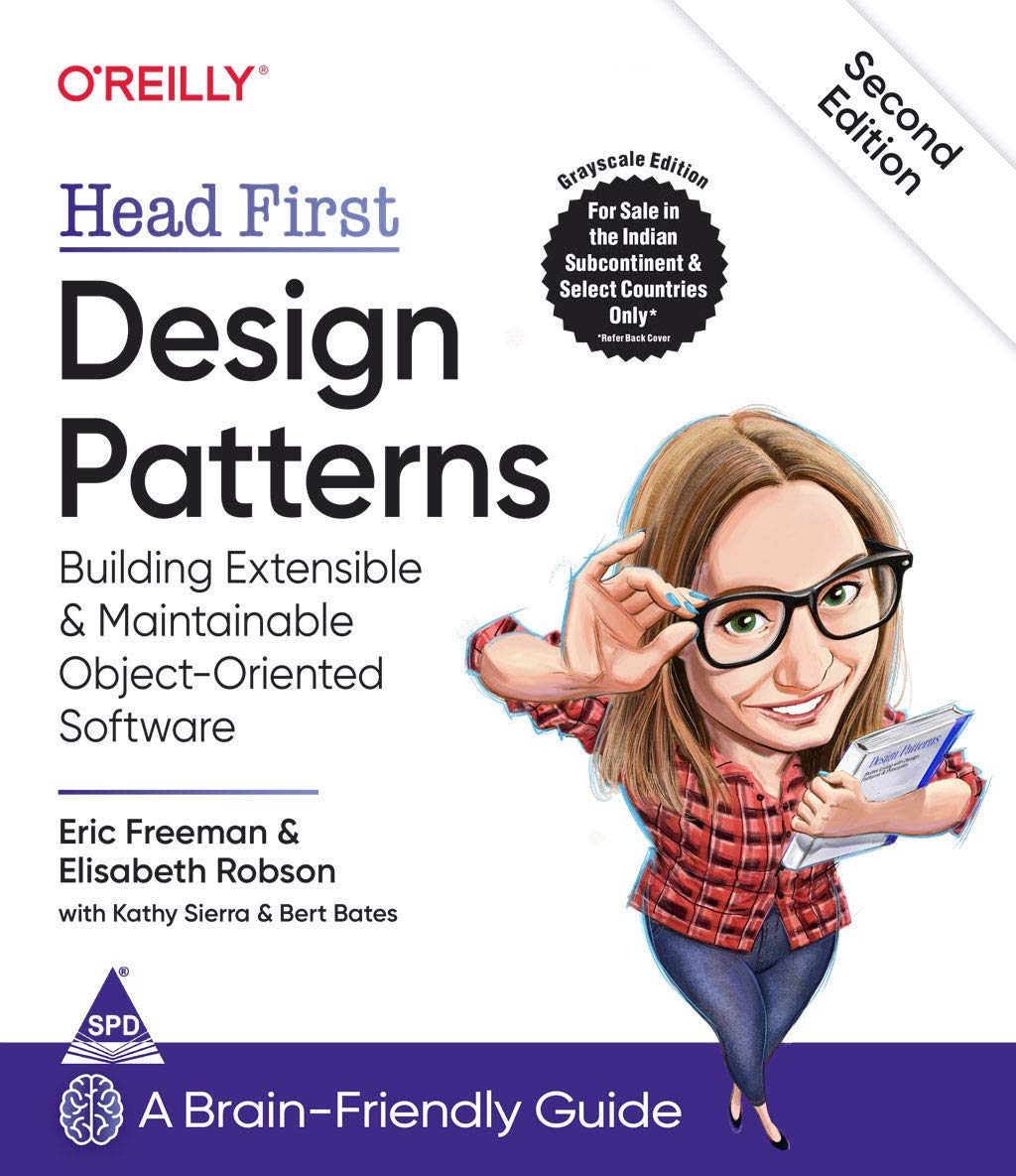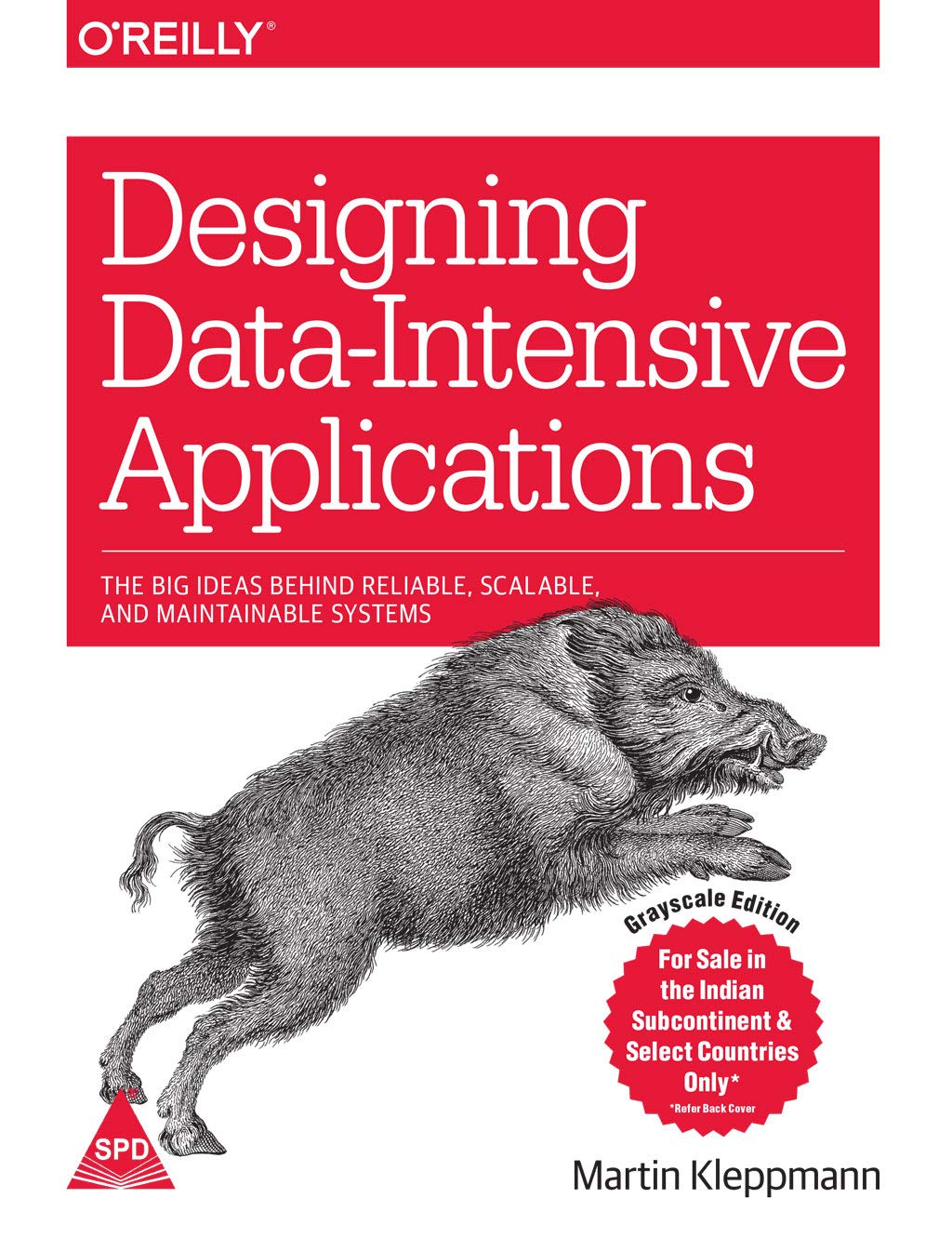What is JSON minification and why it matters
What is JSON minification? JSON minification removes all non-essential characters — spaces, indentation, newlines, and sometimes comments — from a JSON document while preserving its data. The result is a compact single-line or tightly-packed file that contains the exact same semantic data.
Why it matters in production Smaller JSON means less bandwidth, lower latency, and lower storage costs. For APIs, mobile apps, and logs, compressed JSON reduces transfer time and improves perceived performance. Minifying also helps when bundling data for static assets or embedding payloads in HTML.
Core features (concise, benefit-focused)
- Minify JSON — Remove whitespace and newlines to shrink payloads for network transfer.
- Validate JSON — Parse and flag syntax errors to avoid broken payloads in production.
- Streaming / large-file minify — Process large JSON in chunks to avoid UI freezes.
- Preserve UTF-8 — Keep Unicode intact; no data corruption for multilingual content.
- Remove comments (optional) — Strip
//and/*...*/when converting JSON5-like input to valid JSON. - Copy & download — One-click copy to clipboard and download
.jsonfor CI use.
How it works (simple pipeline)
Parsing → whitespace/comment removal → safe reserialization
- Parse: The minifier first parses the input into a data structure using a safe JSON parser. Parsing detects syntax errors (missing quotes, trailing commas, invalid numbers).
- Clean: It removes optional comments and whitespace tokens while preserving strings and escape sequences.
- Serialize: The tool reserializes the parsed object into compact text (no spacing), producing valid JSON output.
Common pitfalls
- Trailing commas: JSON spec disallows them; remove trailing commas in objects/arrays.
- Comments: JSON officially disallows comments; you must strip them before parsing or use JSON5-aware tooling.
- Byte Order Mark (BOM): A BOM at the start can cause parsers to fail; strip BOM or save as UTF-8 without BOM.
- Malformed numbers or NaN/Infinity: Not valid JSON — convert to strings or valid numbers.
When to minify (use cases)
- Front-end assets: Minify static JSON files bundled with web apps to reduce bundle size.
- API responses: Compress responses for low-latency endpoints or CDN caching.
- CI/CD pipelines: Enforce minified config or payloads for deterministic diffs and smaller artifacts.
- Logging / analytics: NDJSON or compressed logs save storage and speed log ingestion.
- Mobile apps & IoT: Save bandwidth and battery by transferring minimal payloads.
Before & After (example)
Original (pretty):
1{
2 "user": {
3 "id": 12345,
4 "name": "Alex",
5 "roles": ["admin", "editor"]
6 },
7 "active": true,
8 "metadata": {
9 "lastLogin": "2025-11-28T09:00:00Z",
10 "notes": null
11 }
12}Minified:
1{"user":{"id":12345,"name":"Alex","roles":["admin","editor"]},"active":true,"metadata":{"lastLogin":"2025-11-28T09:00:00Z","notes":null}}Comparison (text table)
| Feature | Langstop JSON Minifier | Typical Competitor |
|---|---|---|
| File upload | ✅ | ✅ |
| URL fetch & minify | ✅ (optional) | Varies |
| Validate JSON syntax | ✅ | ✅ |
| Tree view inspector | ✅ (optional) | Some do, many don’t |
Download .json | ✅ | ✅ |
| Copy to clipboard | ✅ | ✅ |
| Client-side processing (privacy) | ✅ — default | Mixed (some server-side) |
| Streaming / large-file support | ✅ | Often missing |
| Remove comments | ✅ (optional) | Some offer limited support |
| Performance tuning (workers) | ✅ | Rare |
Summary: Langstop emphasizes client-side privacy, streaming support, and large-file usability compared to many competitors.
Usecases
Primary: json minifier, minify json online, json compressor online Secondary: compress json, minify json file, json minify tool, online json compressor, json minify free
- How to minify JSON file online for production
- Best client-side JSON compressor for privacy
- Minify large JSON in browser without freezing UI
- Compress JSON payloads for mobile apps
- Online tool to remove comments from JSON5
- Validate and minify JSON before sending to API
- Streaming JSON minifier for logs and NDJSON
- Minify JSON and download .json file instantly
- Reduce JSON file size for faster API responses
- Minify JSON while preserving UTF-8 characters
- Auto minify JSON in CI pipeline pre-commit hook
- Compare JSON minifiers: privacy and performance
FAQ — People Also Ask (12+ short answers; two deeper ones)
-
Q: What does it mean to minify JSON? A: Minifying JSON removes spaces, indentation, and newlines to create a compact file with the same data but smaller size.
-
Q: Is minified JSON valid JSON? A: Yes — minified JSON is valid as long as it follows JSON syntax; minification only removes whitespace.
-
Q: Will minifying JSON change data types? A: No — minification does not alter numbers, booleans, strings, or null values, only formatting.
-
Q: Can I minify JSON without uploading data? A: Yes. In-browser minifiers process data client-side so your payload never leaves your device.
-
Q: Should I minify JSON for APIs? A: Minify API responses when bandwidth or latency are concerns; for debugging, keep pretty JSON.
-
Q: How do I fix “Unexpected token” errors before minifying? A: Check for trailing commas, missing quotes, stray BOM, or accidental comments and correct them before minifying.
-
Q: Can comments be removed automatically? A: Yes, but comment stripping must be optional and careful to avoid removing text inside strings.
-
Q: Is minified JSON easier to diff in version control? A: No — minified JSON reduces readability; use pretty formatting in repos and minify for builds.
-
Q: How do I minify large JSON files in the browser? (deeper ~120 words) A: For large files, use chunked parsing and Web Workers. A streaming parser reads tokens incrementally and processes arrays/objects piecewise, avoiding loading the entire document into memory. Web Workers run this parsing off the main thread, keeping the UI responsive. Langstop’s minifier provides a streaming mode that reads files in slices, strips whitespace/comments, and writes compact chunks back. This reduces peak memory usage and prevents tab freezes. If a file exceeds browser limits (hundreds of MB+), use server/CLI tooling designed for large data or process files in smaller partitions.
-
Q: Does minifying JSON improve SEO? A: Indirectly — smaller payloads can speed up APIs and pages, improving Core Web Vitals which benefit SEO. Minified JSON itself doesn’t change content quality.
-
Q: Can minified JSON be pretty-printed again? A: Yes — any minified JSON can be formatted back into readable form with a JSON formatter or
JSON.stringifywith indentation. -
Q: What’s the safest way to minify JSON with comments? (deeper ~120 words) A: Comments are not part of the official JSON spec. If you work with JSON5-like files that include comments, use a two-step approach: first use a robust, context-aware comment stripper that ignores comment-like sequences inside strings, then parse the resulting text with a strict JSON parser. Avoid naive regex removal of
//or/* ... */patterns because those can corrupt strings or URLs containing//. Langstop’s “strip comments” option uses a tokenizer to identify and remove true comment tokens before minifying.
Internal links
- JSON Formatter
- JSON Validator
- Convert JSON to TypeScript
- API Testing Tool
- Tools Hub
- Blog — Why minify JSON in production
- Privacy & Data Handling
- CLI & Integration Guide
References
- MDN Web Docs — JSON
- RFC 8259 — The JSON Data Interchange Format
- JSON Schema — A Vocabulary for JSON
- OWASP — Secure Coding Practices
- Node.js Documentation — JSON
Privacy reassurance All minification runs client-side by default — your JSON stays in your browser. Download / Copy microcopy
- Download .json: Download minified JSON as a .json file for CI or storage.
- Copy to clipboard: One-click copy. Ready to paste into your app or pipeline.





